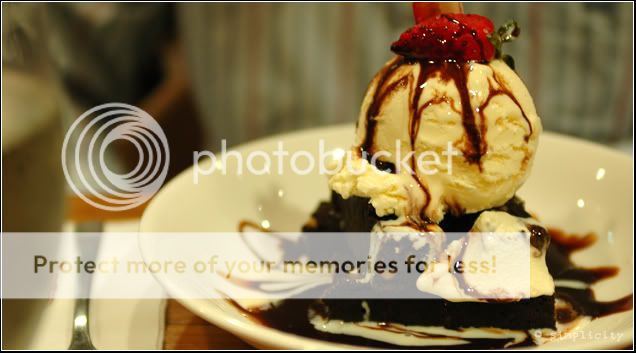K for kelvin, the unit of measurement of the light spectrum through colour temperature, red->blue.
When objects (eg. iron bar) are raised to high temperatures they emit light, starting with a dull red (when they are 'red hot') and shifting towards blue as the temperature increases. An ordinary domestic light bulb may emit light with the same spectral distribution as an object at 2800K, tungsten studio lighting as 3200K and normal sunny daylight as around 6000K.
Gotta twist ur mind around this, very confusing i know

, just refer to that heating iron bar ontop.
warm bodies (candle) - cold colour (1000K) &
cold bodies (hazy sky) - warm colour (8000K)
Temperature Typical Sources
1000K Candles; oil lamps
2000K Very early sunrise; low effect tungsten lamps
2500K Household light bulbs
3000K Studio lights, photo floods
4000K Clear flashbulbs
5000K Typical daylight; electronic flash
5500K The sun at noon near Kodak's offices

6000K Bright sunshine with clear sky
7000K Slightly overcast sky
8000K Hazy sky
9000K Open shade on clear day
10,000K Heavily overcast sky
11,000K Sunless blue skies
20,000+K Open shade in mountains on a really clear day
digital wb, for daylight shots set 5000K-5500K and in tungsten (orangy) light 3200K-3200K.
when u shoot in tungsten lighting with daylight settings, because there isn't enough blue to counter the red, u get orangy images. And if u shoot in daylight with hazy sky settings, u get blueish images.
ps. wikipedia explains it pretty well too
http://en.wikipedia.org/wiki/Color_temperature



